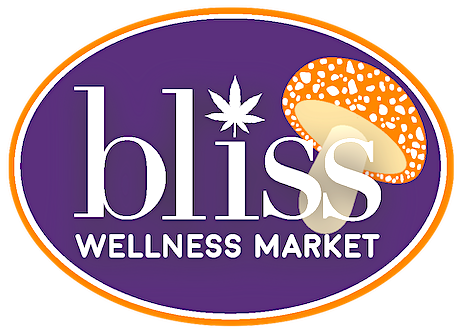Glossary
One of the “big six” cannabinoids that are important to medical research. Though CBC is non-intoxicating, it may act on pain receptors in the body which might provide pain relief.
Cannabidiol (CBD) is another well-known, non-intoxicating cannabinoid found in highest concentrations in the hemp plant. A major cannabinoid. CBD has a host of potential benefits and can be helpful in counteracting some of the more intense effects of THC.
A cannabinoid that might help reduce inflammation and pain from inflammation. Early research shows it may be used to treat side effects of cancer treatment.
CBN is a naturally occurring byproduct of THC and CBD, which converts to CBN over time as they’re exposed to UV light, heat and oxygen. CBN is also considered non-intoxicating and is known to have a relaxing, soothing effect, perfect to help you wind down at the end of a long day. Considered a minor cannabinoid with potential antibacterial and neuro-protective properties.
The youthful cannabinoid. One of more than 120 cannabinoids found in cannabis that may support relief from cancer, depression and bacterial infections. CBG is the first cannabinoid produced in the cannabis plant. It begins as CBG-A (cannabigerolic acid), converting to CBG over time as the plant matures.
It’s considered non-intoxicating on its own. But when paired THC, has been seen to produce an uplifting, vitalizing high, perfect for kickstarting a new creative project, fueling your outdoor adventure, or boosting your next get-together.
A minor cannabinoid that is difficult to extract from plants, Delta 8 produces an easier, more gradual elevation than Delta 9.
Tetrahydrocannabinol is known as the star of the cannabis show. THC is the main psychoactive compound of 483 compounds found in the cannabis plant and the most abundant cannabinoid. It is one of the oldest known hallucinogenic compounds and is responsible for the wonderful ‘high’ sensations we feel. Delta 9 produces double the psychoactive effect than Delta 8.
A cannabinoid that has extremely low presence in natural strains of THC. Delta 10 offers the feelings of focus and pleasure associated with THC without the paranoia and anxiety of Delta 9.
A newly discovered semi-synthetic cannabinoid that some say produces a similar effect to THC.
A synthetic form of THC with a stronger psychedelic effect.
A newly discovered cannabinoid with greater psychoactive strength than THC.
A unique cannabinoid with psychoactive properties like THC, but with different applications. THCV may support suppression of the appetite, may decrease blood glucose levels or may diminish panic attacks.
Non-toxic herbs help the body handle physical, chemical and biological stressors. Many cultures have used adaptogens for centuries in their natural medicinal practices. There are only nine herbs that fit into the classification of adaptogen: Panax ginseng, American Ginseng, Ashwagandha, Eleuthero, Schisandra, Rhodiola, Shilajit, Rhaponticum and Cordyceps.
The rate at which a substance (like a dietary supplement) is absorbed by the body.
An oil that carries another substance. When CBD is taken from a cannabis plant, it takes the form of a white, crystallized powder. The CBD must be combined with a carrier oil to be ingested. With CBD, a carrier oil acts as more than just a base; it may powerfully influence how much CBD your body absorbs. Examples are MCT (medium chain triglycerides), hemp seed oil or olive oil.
Aka, “decarbing,” refers to the CBD distilling process in which raw, acidic cannabinoids (CBDA) are converted into a more digestible form (CBD).
CBD oil that has been mixed with water to take on a creamy texture, as opposed to a regular, liquid-textured oil. Emulsifying the oil allows the body to absorb the CBD and other nutrients more efficiently into your bloodstream.
This refers to the many ways CBD can be separated from the cannabis plant. There are three main extraction methods: CO2 distillation, solvent distillation and steam distillation.
When you ingest a concentrated drug or nutrient, your dose may be greatly reduced by your body’s digestive process before the drug or nutrient can reach your bloodstream and take effect. This is the first pass effect.
Can be defined as macroscopic fungi, used in the form of extracts or powder which may support prevention, alleviation or healing of multiple illnesses, and/or lend balance to a healthy diet.
This means that CBD is broken down into very tiny particles that help to enhance the CBD particles’ delivery into the targeted areas. The new nanotechnology product has proven to be effective, fast-acting, and easily absorbable.
Organic compounds that provide some of the aroma and flavor found in cannabis and a variety of other organisms, including plants. Terpenes influence hemp’s effects by interacting with cannabinoids.
An extract of a plant or animal material dissolved in ethanol.
If something is “water-soluble,” that simply means it dissolves in water. Water-soluble CBD products are nano-emulsified; a newer application of CBD. This allows the CBD and CBD oil to be mixed with water or cold beverages or foods.
